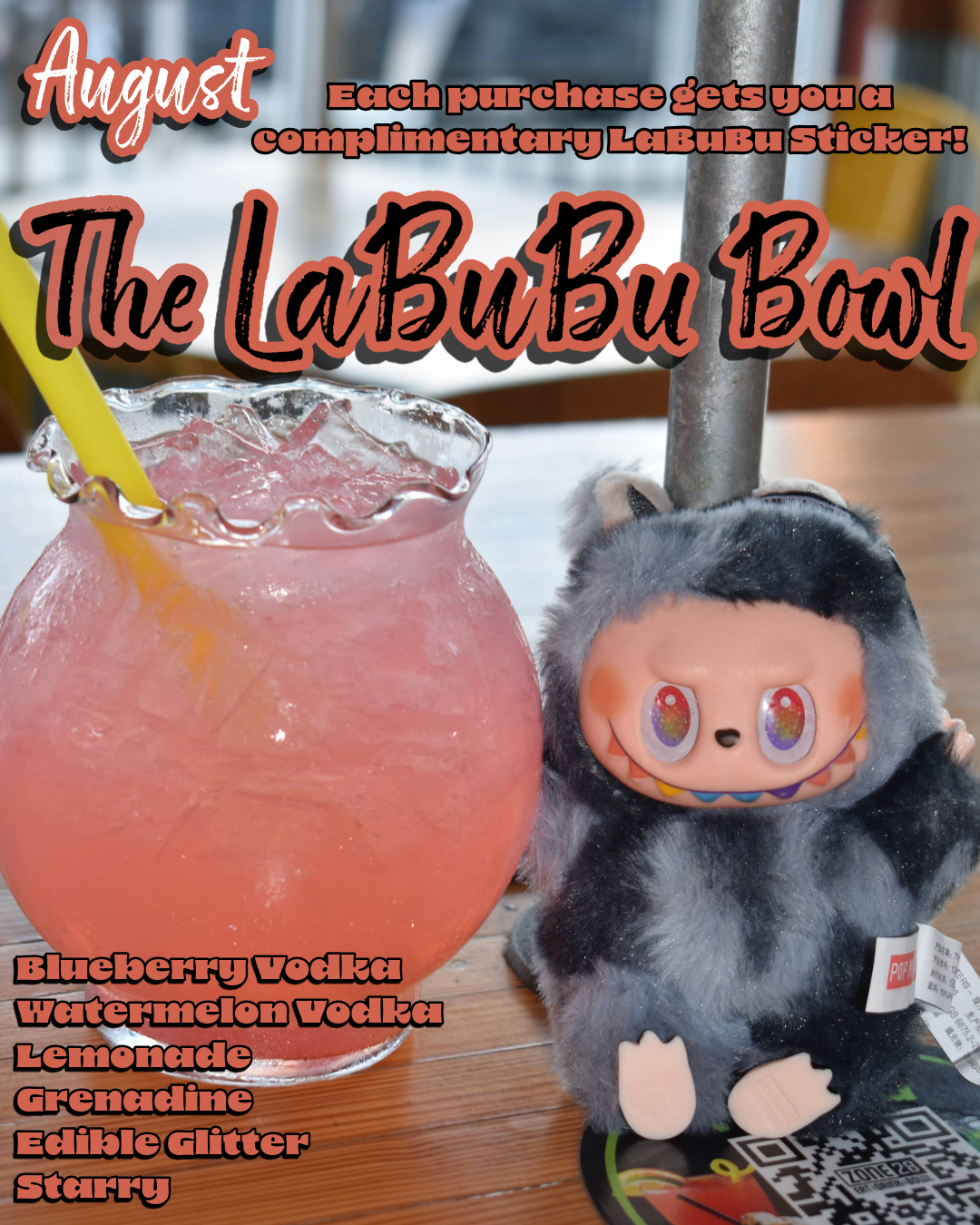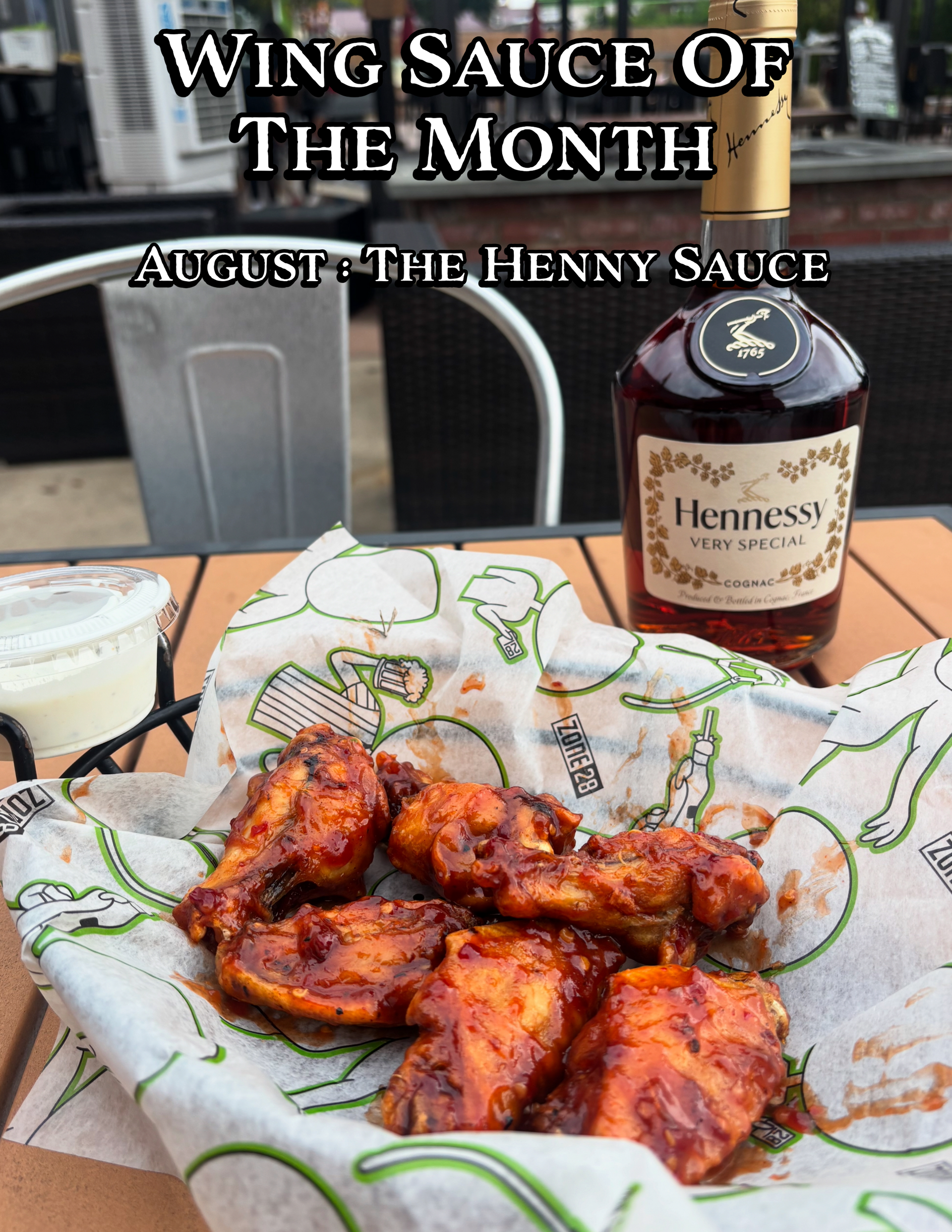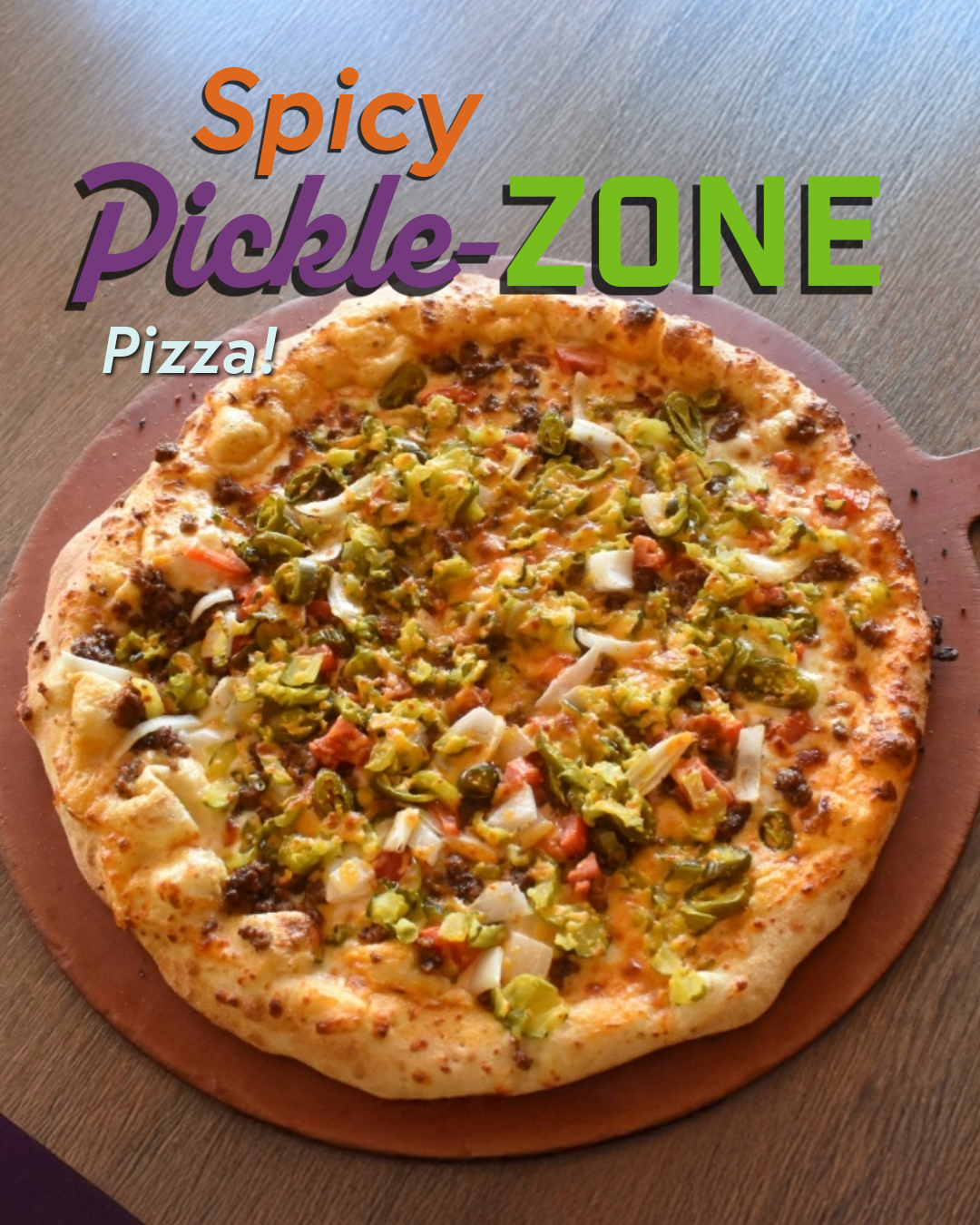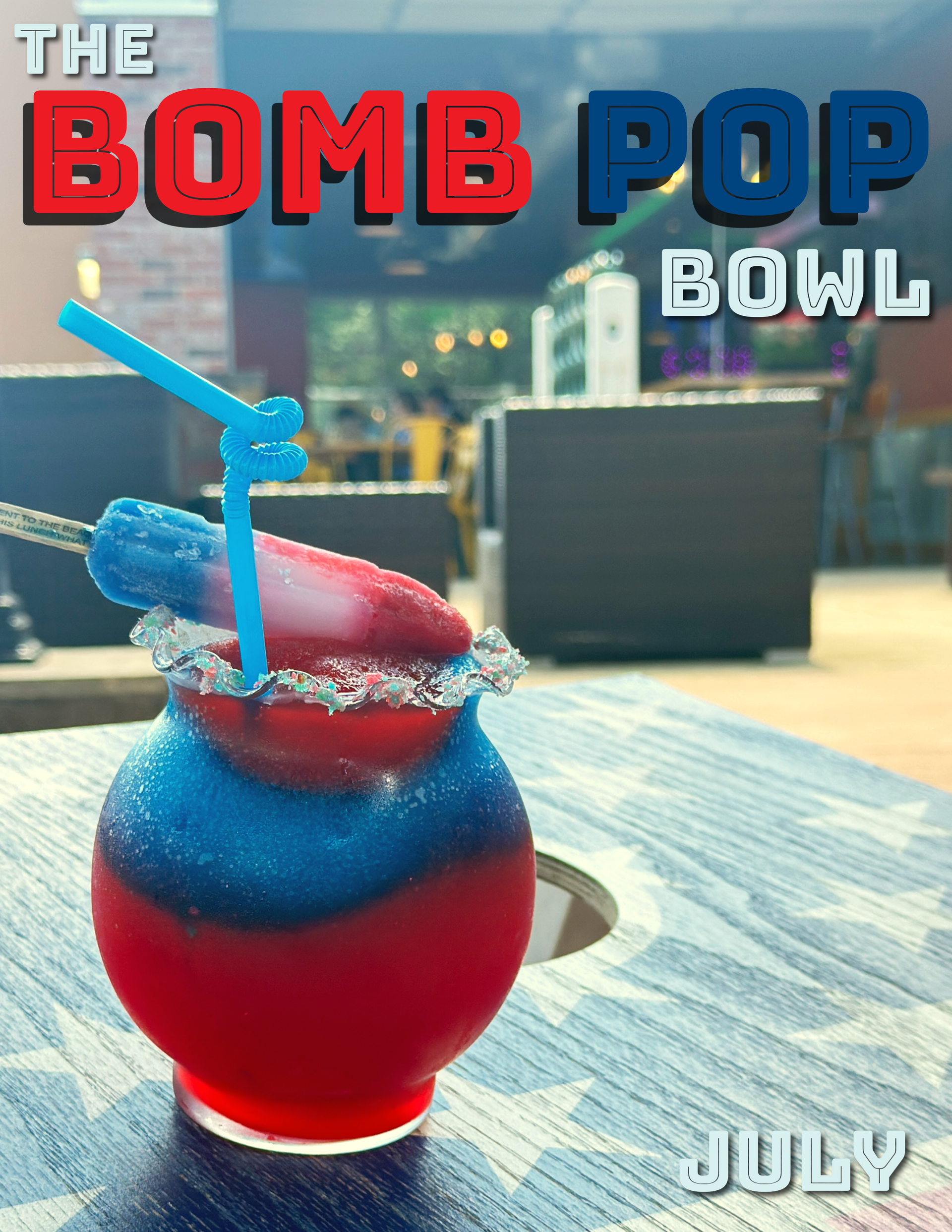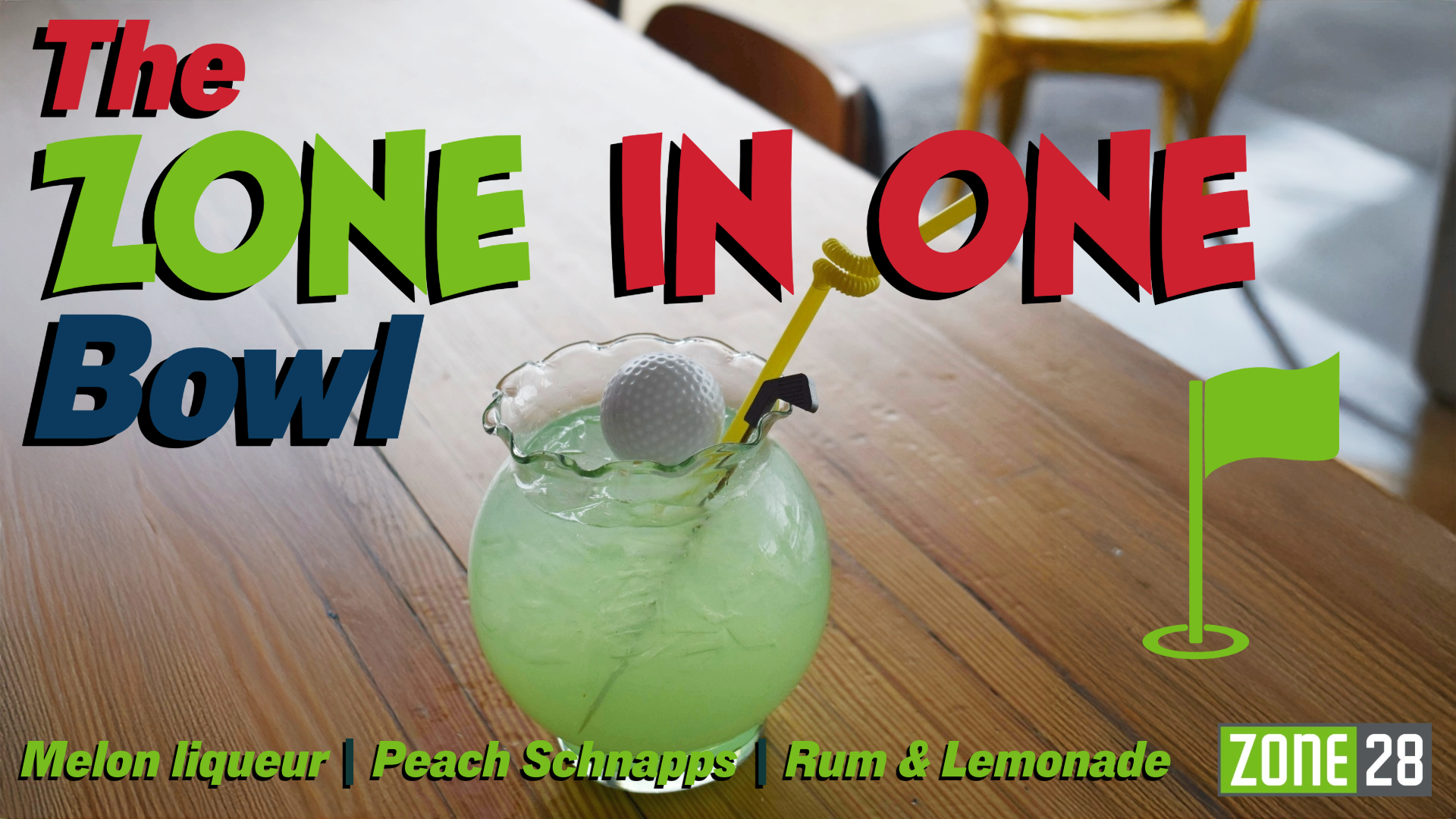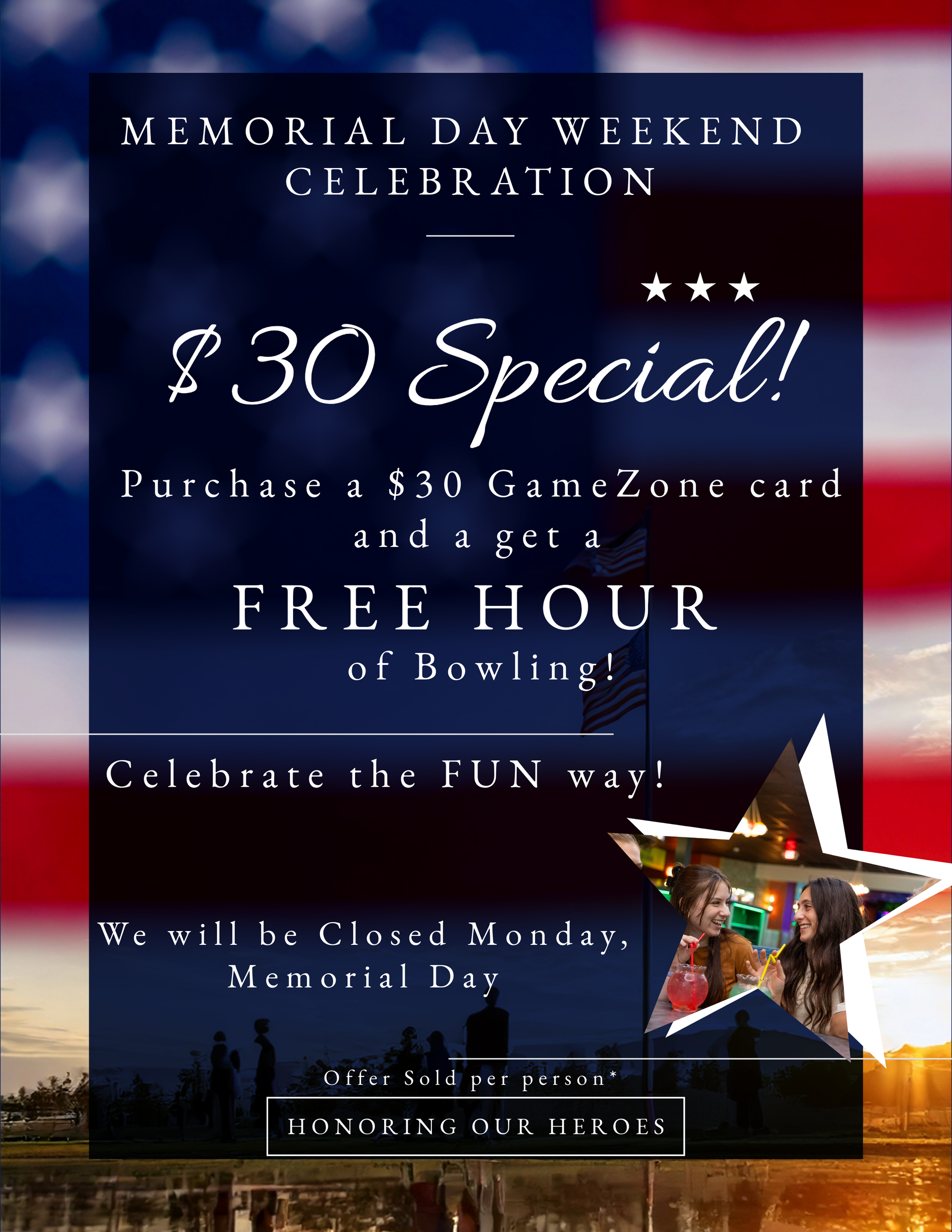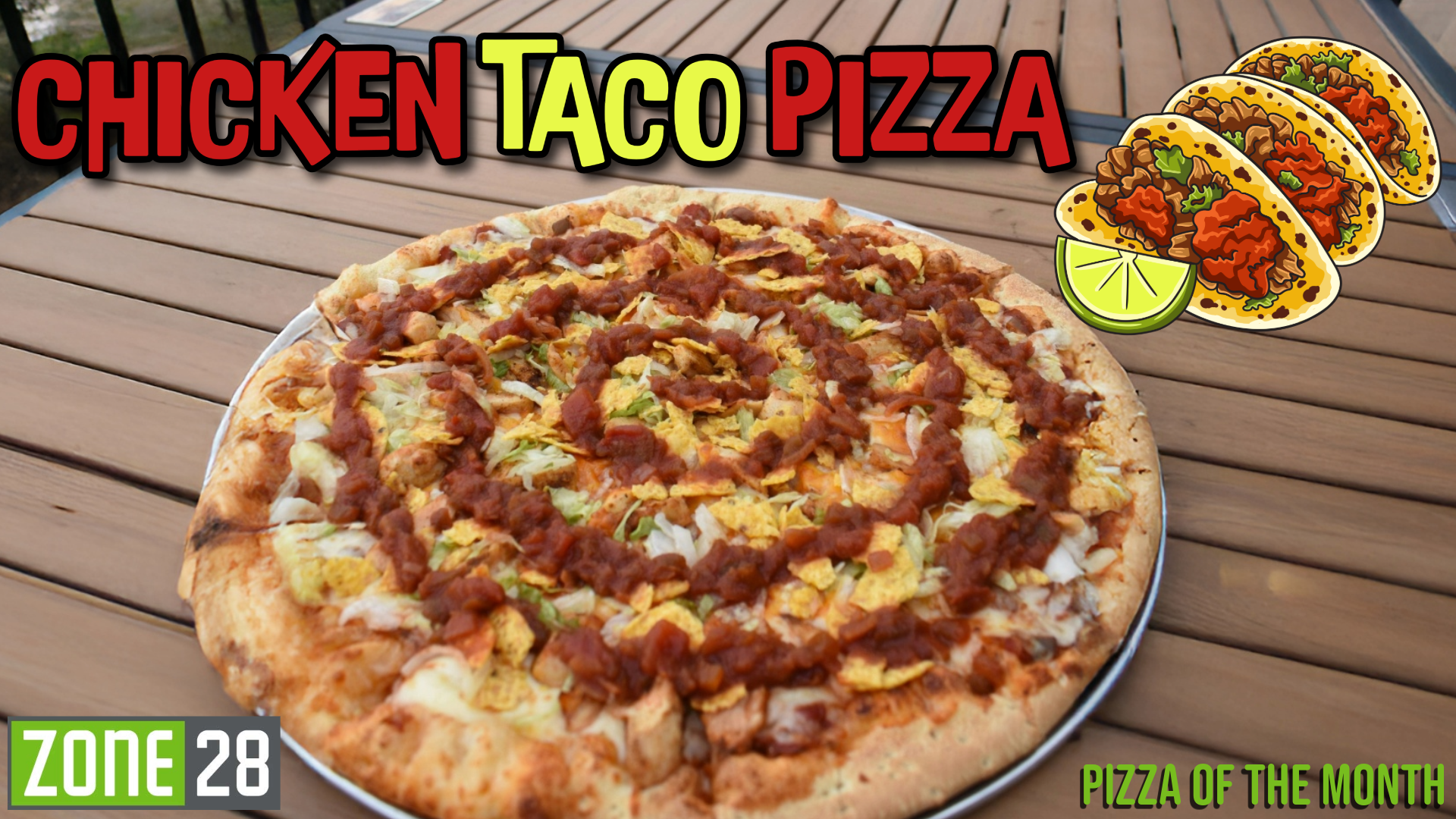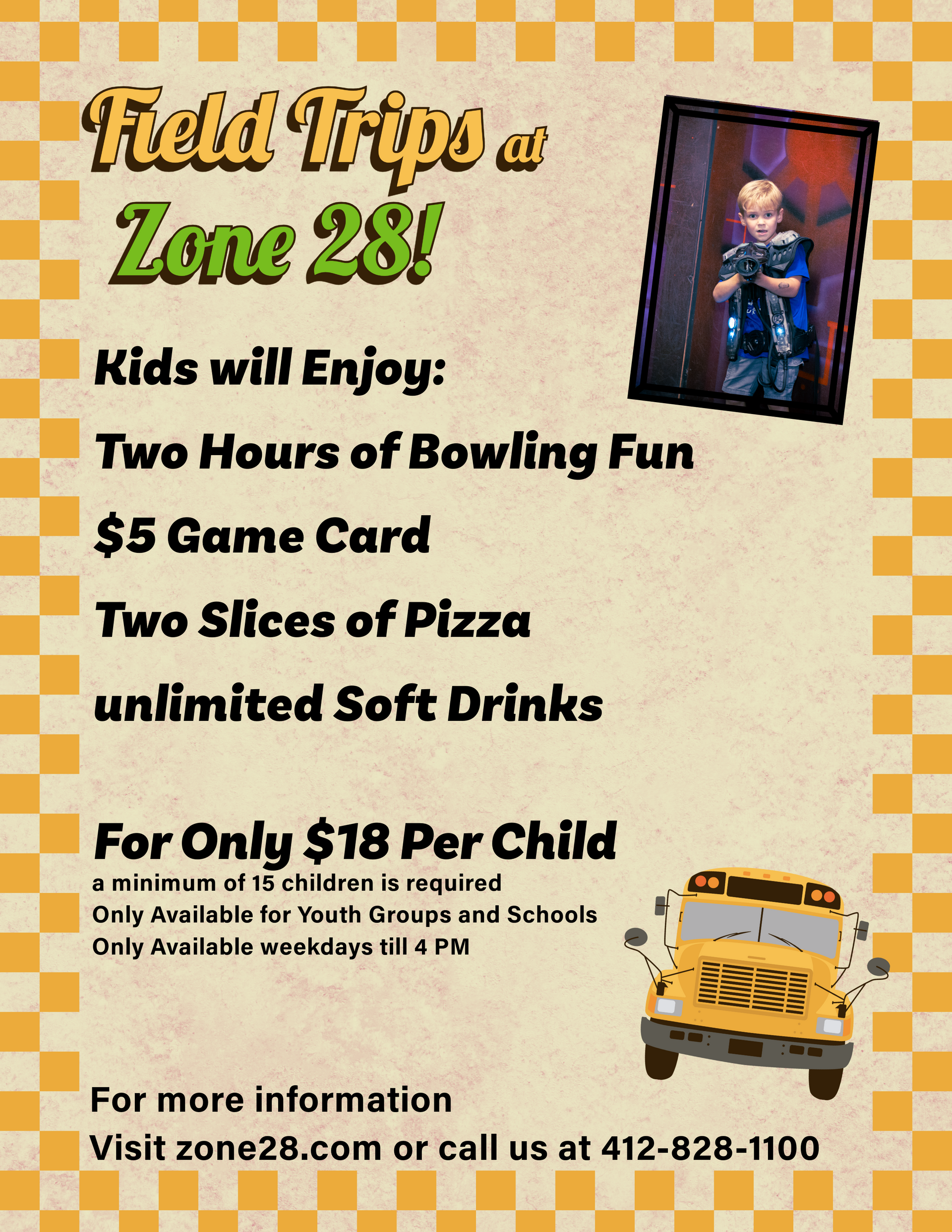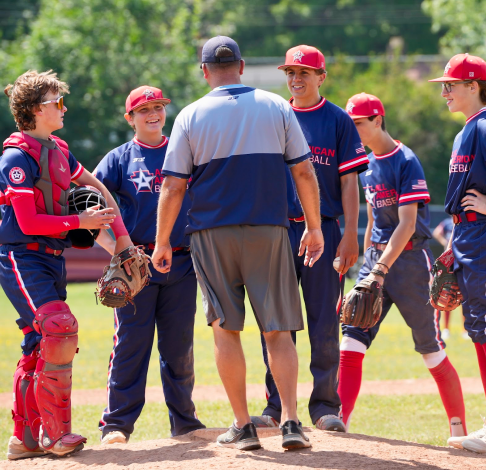What are the Best Bowling Balls for Beginners?
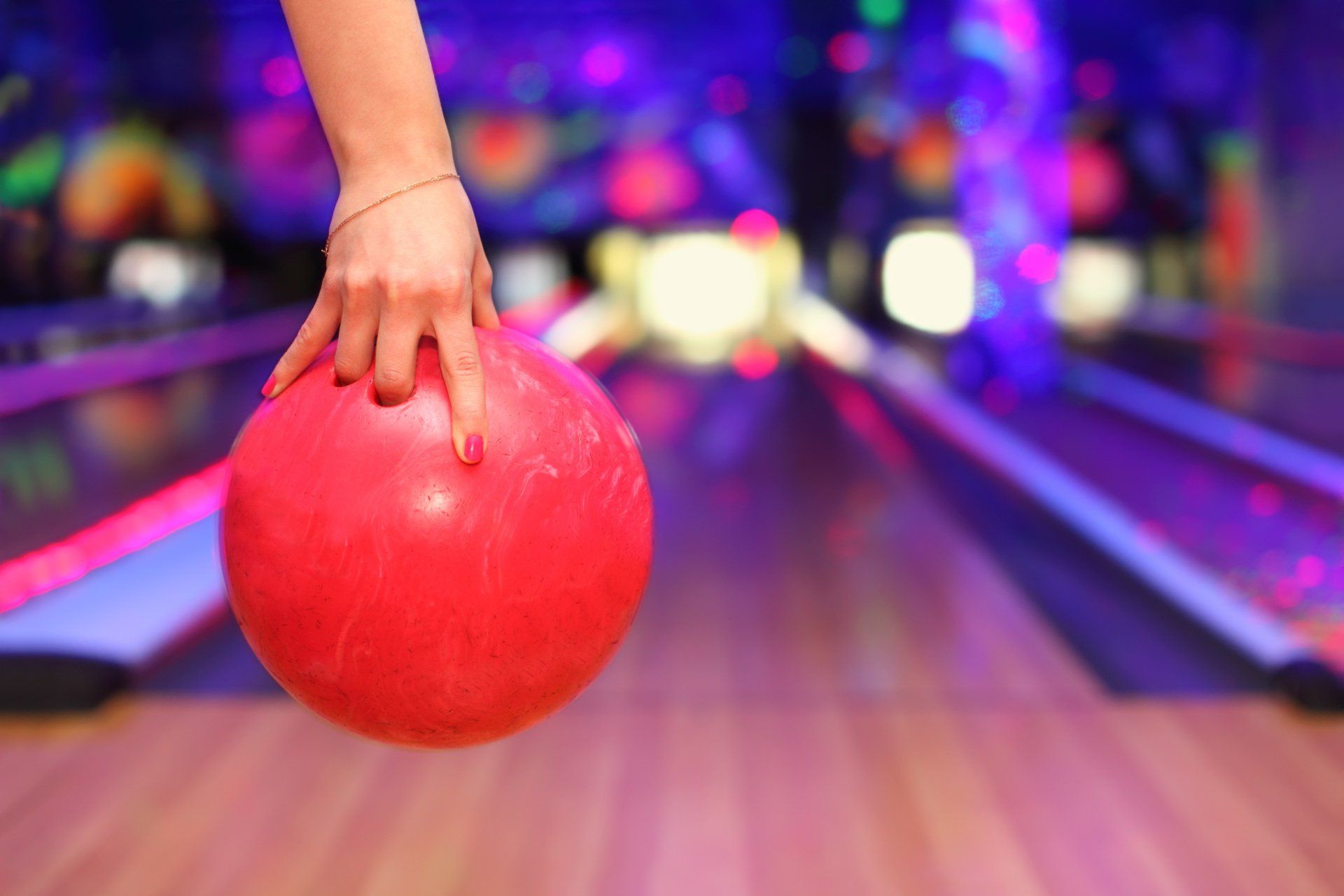
It’s a journey to become a bowler good enough to achieve the perfect 300, and it all starts with the right bowling ball. The best bowling balls for beginners, and indeed any bowler, are chosen based on material, weight and more. Find the best bowling ball for you.
Types of Bowling Balls for Beginners
If you’re new to bowling, there are a handful of options available in selecting your first bowling ball. Your choice depends on how you plan to play: throwing straight balls or taking things up a notch by hooking the ball down the lane.
- Plastic/Polyester Balls - Plastic balls are ideal for novice bowlers because they are easy to maneuver. If you’re in the very beginning stages of your bowling journey, this is the best place to start because these balls are the least complicated, designed specifically to produce a straight roll. They don’t have a ton of friction on the lanes, so they’re ideal for perfective basic techniques, and they’re affordable for beginners, too, at only up to $100.
- Entry Level Performance Balls - A slight step above plastic balls, entry level bowling balls are ideal when you’re ready to learn how to hook your roll. At this level and beyond, the internal makeup, or core , of the ball becomes important because it will affect how the ball moves. These balls are still modestly priced, running to a max of $130.
Bowling Ball Weight and Grip
Bowling ball weight and ideal grip are not universal for players of the game, because individuals vary in strength. When you’re preparing to shop for your first ball, do some exploring to see what feels right. Your local bowling alley may be your first stop.
- Finding the Ideal Bowling Ball Weight - The first stepping stone in choosing a ball weight is visiting your local bowling alley. Bowl a game with a house ball to start. Because they’re meant for a wide variety of users, house balls are usually drilled with larger finger holes. This might result in you gripping the ball tighter due to poor fit, which makes it feel heavier. Try to find something moderately comfortable, and take note of that weight. You’ll be able to go about two pounds heavier with a custom-drilled ball.
- Choose Your Grip - There are two ball grips (conventional and fingertip), which depends on your ball. A conventional grip is where your thumb fits all the way inside the thumb hole, while the middle and ring finger holes reach to the second knuckle. It’s ideal for novice players using plastic balls. Alternatively, if you have a bit more experience, try a fingertip grip, with your thumb all the way in the thumb hole and middle and ring fingers reaching to the first knuckle. This grip will promote a hooked roll.
Fitting the Ball to Your Hand
Bowling balls do not come standard with finger holes already drilled. The idea behind this is to allow each bowler to achieve a custom fit for both comfort and best results.
- Visit Your Bowling Alley or Pro Shop - Pro shops and bowling alleys may be able to drill custom holes in your new bowling ball upon observing the style in which you throw a house ball. Try bowling a game to showcase your style.
- Measure, Measure, Measure - After you and the technician have gotten a feel for how you throw a bowling ball, he/she will take two measurements: the size of your fingers and the width of your finger span. Using these measurements as guides, the technician will be able to drill in an appropriate location and size for your comfort. The whole process will only cost about $50.
Bowl a Frame at Zone 28
You could go to the movies with family and friends, but why not try a game of bowling? Zone 28 welcomes all skills levels (a perfect opportunity to try your new ball!), and has bowling specialsthroughout the week. Stop in for ladies night or cosmic bowlingfor an unforgettable experience. We’ll see you in the Zone.


